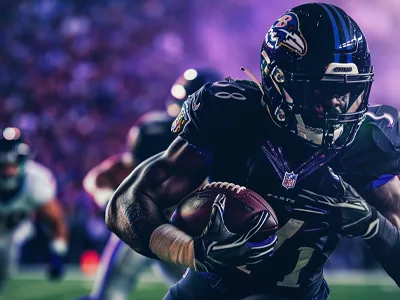Stats help futures betting become more of a calculated strategy built on data
When it comes to NFL futures betting, using advanced statistics can provide a meaningful edge over more casual approaches. Instead of relying only on headlines, win totals, or popular sentiment, bettors who dig into deeper data can make more informed predictions about long-term outcomes like division winners, MVP picks, or Super Bowl champions.
One useful area of advanced stats is team efficiency. Metrics like DVOA (Defense-adjusted Value Over Average) from Football Outsiders measure how effectively a team performs on a per-play basis, adjusted for opponent strength.
This stat helps identify teams that may have been underrated due to unlucky breaks or tough schedules. For example, a team with a losing record but a strong DVOA could be poised for a breakout season—an ideal futures bet at favorable odds.
Player-level stats also matter. Quarterback performance is often central to futures markets, and advanced metrics like EPA (Expected Points Added) per play or completion percentage over expectation (CPOE) give a clearer picture than just touchdowns or passing yards. These numbers can point to quarterbacks outperforming their support systems—valuable when targeting awards like MVP or Offensive Player of the Year.
Injuries and depth should also be analyzed. Injury-adjusted efficiency ratings or projections from services like Pro Football Focus can help account for how a team’s backups might impact future performance. Roster continuity is another underappreciated factor; teams that retain coaching staff and core starters often perform more consistently year to year.
Finally, schedule analytics are key. Strength of schedule projections can highlight teams with easier paths to division titles or playoff berths. A team with rising talent and a soft upcoming schedule may be undervalued in the futures market.

